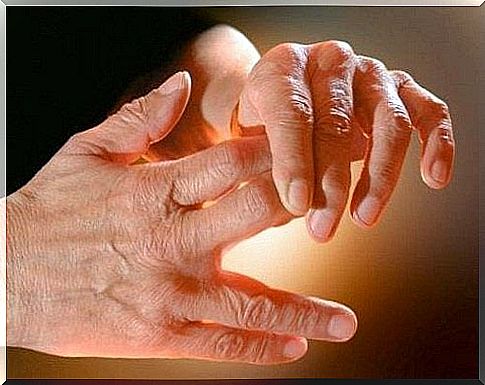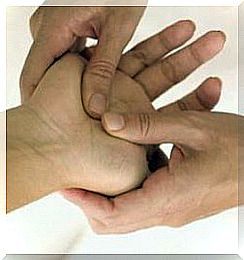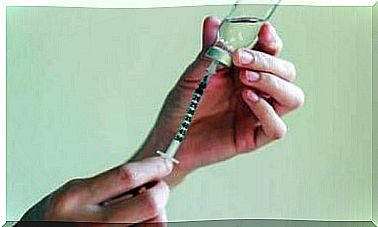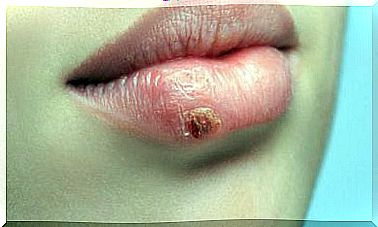Causes Of Tingling In Your Arms And Legs

There is no doubt that this is an unpleasant sensation. When your arms, hands, legs, or feet are “sleeping,” it’s hard to know what to do to wake them up and feel normal again. In today’s article you will discover why you experience a tingling in your arms and legs.
Numbness and Tingling: What is it? What causes it?

Both numbness and tingling are unpleasant sensations that can arise anywhere in the body, but in general, people often experience them in their arms, legs, hands, fingers, and feet. Some of the most common reasons why your limbs are sleeping are:
- Keeping the same position for a long time, no matter whether it is standing or sitting (for example, while traveling or at your desk while working).
- Injury of a nerve. If you have an injury to a nerve in your neck, you will experience these feelings in your arms and hands. If it’s in your lower back, it will affect your legs and feet.
- Pressure on the spine or peripheral nerves.
- Infection from herpes zoster (or shingles).
- Poor blood flow, which is caused by inflammation of the blood vessels, atherosclerosis or a blood clot.
- Imbalanced potassium, calcium, or sodium levels.
- Lack of vitamin B12.
- Taking certain medications.
- Nerve damage from excess alcohol consumption, use of tobacco products, or exposure to lead.
- radiotherapy.
- Stinging insects, mites or animal bites.
- Allergy to shellfish.
- Carpal tunnel syndrome (in the wrist).
- Diabetes.
- Hypothyroidism.
- Stroke or other ischemic attack.
Home remedies and recommendations to relieve the tingling in the hands and legs
Water is one of the best natural ways to ‘wake up’ your legs and hands when they are asleep. Soak the affected area in a bowl of cool water for ten minutes or until the tingling stops.
Some individuals choose to vigorously move their fingers, toes, or any part of their body that feels numb. Some other options are:
To walk

Take a short walk in the room when you feel the tingling coming on. You may need to stand still for a few minutes if you experience spasms in one of your legs, but exercise is a pretty effective way to wake up your limbs, especially if you sit still for a long time.
Stand on your toes
This is another treatment for sleeping legs. Stand on your toes as if you were a dancer and then lower your heels back to the floor. Then repeat ten times to stimulate circulation in your lower extremities.
Do this exercise every night before going to bed if your legs and feet often fall asleep so you don’t feel numb while sleeping.
Eat more foods rich in iron
An iron deficiency can cause the tingling in your hands and legs. Adding lentils and beets to your diet can help reduce the frequency. It’s also a good idea to consume more of the following:
- Eggs
- Milk
- nuts
- Peas
- beans
- Green leafy vegetables such as spinach and chard
Make a poultice by using hot peppers
This can help improve your situation. You will need a dozen red chiles.
- Boil them on high heat and then press them in a cloth.
- After that, apply this compress to the affected area.
- The heat of the peppers will then reduce all pain and discomfort.
If you often suffer from this problem, you can prepare an ointment in advance that you only have to warm up when you need it.
Avoid certain foods and drinks
We do not recommend drinking coffee or alcohol during and after dinner, and that also applies to heavy foods in the evening.
Lead a healthier lifestyle

Quit smoking, exercise through activities such as swimming, engage in relaxation therapies such as yoga to reduce tension, avoid spending too much time in the same sitting and standing position, and wear loose clothes for better circulation.
Massages and changing your attitude
When you feel that tingling coming on, it’s a good idea to massage or rub the area vigorously. You can even do this every night to prevent your limbs from falling asleep.
Another good tactic is to change your attitude regularly. If you sit, stand. When you lie down, sit down. If you are standing, sit down… and so on.
If you find that your legs and arms fall asleep when you sleep, it may be because you lie in the same position for a long time without moving. Try using pillows to slightly elevate the affected areas.
Wear appropriate footwear
You should always choose socks made of cotton or wool to absorb moisture and prevent tingling. Change your socks three times a day (every eight hours).
Your shoes should be comfortable and made of leather or fabric. Make sure they provide adequate arch support or use insoles to provide better support for your feet. Try to avoid high heels or shoes that will make you slip while walking and make sure they have good soles.
Do wall or ball exercises
When you get home from work, and especially when you experience a tingling sensation or your legs are asleep, it’s a good idea to take off your socks and shoes and stand with your back against the wall. Then press your fingers and palms against the wall and bend your knees slightly.
In your office at work, hold a rubber ball in the palm of your hand and press as hard as you can. Accessories have also been made specifically for this type of exercise. You can use the same exercise for the legs and feet by pressing a rubber ball to the floor with the soles of your feet.









